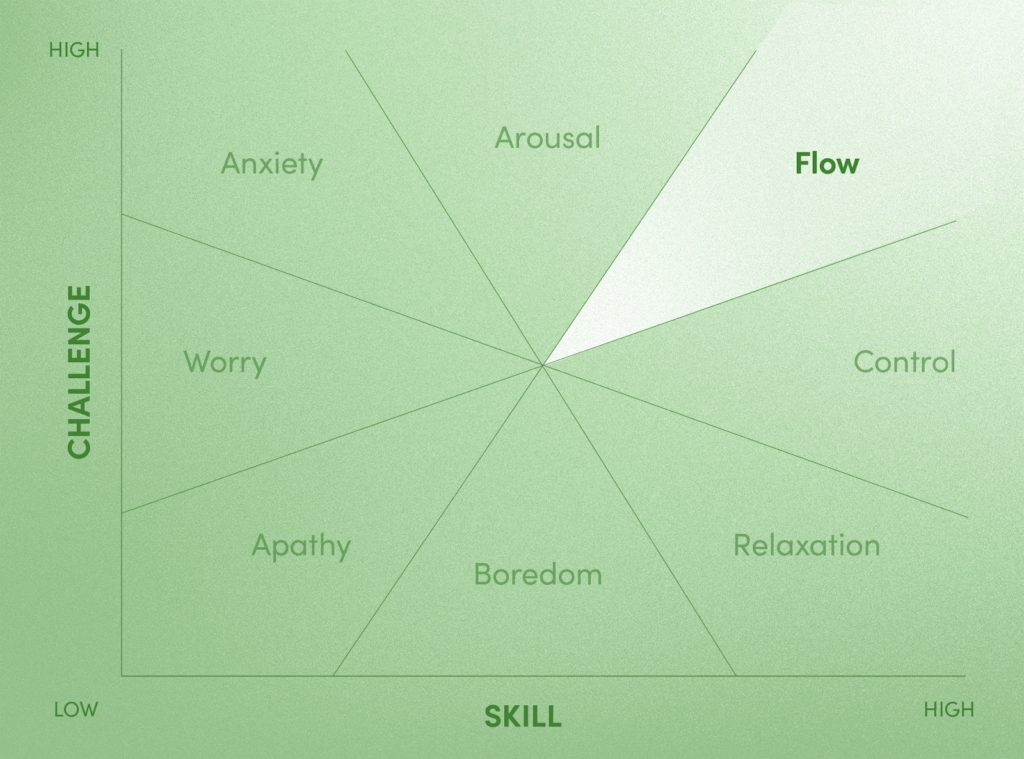
Compound Interest: Problem Solving Starts with Engagement
By: Barbara Schneider
This is the second of a two-part series on the legacy of Mihaly Csikszentmihalyi.
When I was in 10th grade, biology was my least favorite subject. We spent a lot of time memorizing a bunch of meaningless words—variables, cause and effect, bacteria. What’s the fun in that?
I vividly remember the moment my feelings changed. My teacher started the class with a question: “Nearly 200 years ago, more women died in childbirth in hospitals than when babies were delivered at home—why do you think that was happening?”
“How was that possible in hospitals?” I asked myself. My boredom melted as I attentively watched a film about Dr. Ignaz Semmelweis and his discovery of how an ordinary chemical could eradicate a transmissible deadly disease.
Today, as I help my grandson scrub his hands with soap and water, I’m flooded with that memory of being motivated by wanting to know why. How do we get children to experience what Mihaly Csikszentmihalyi calls flow, that feeling of being so involved in a task that time flies by?
For all students, it’s difficult to learn when the questions being asked are not personally meaningful. Biology started to become more interesting for me, for example, because the class discussion was about mothers.
Students also need to be challenged—and have the skills to meet that challenge.
Barbara Schneider
But interest alone is not enough. Students also need to be challenged—and have the skills to meet that challenge. If they don’t, they can become anxious or stressed. Or, if they’re too adept and can solve a problem easily, they get bored.
In my research, I’ve found that when students feel engaged in science class—experiencing high levels of interest, challenge, and skill—they are more likely to report that science is important to them and their futures. If parents and teachers want children to pursue challenging projects that enhance discovery and creativity, we need to design meaningful problems that kids don’t know the answer to but have the capability to find out.
Don’t assume that kids struggling with a homework assignment are lazy.
Do encourage young people to explore problems that matter to them. It took many years after Semmelweis’s discovery to figure out what in particular about hand-washing saved the lives of mothers and their babies, and many more years for physicians to adopt the practice. If young scientists decide to tackle interesting puzzles, there’s no limit to what they might solve.
With gratitude,
Barbara
Barbara Schneider is the John A. Hannah University Distinguished Professor in the College of Education and the Department of Sociology at Michigan State University. She is the author of 19 books, including Learning Science and, with Mihaly Csikszentmihalyi, Becoming Adult.
Stay connected with us on social media platform for instant update click here to join our Twitter, & Facebook
We are now on Telegram. Click here to join our channel (@TechiUpdate) and stay updated with the latest Technology headlines.
For all the latest Education News Click Here
For the latest news and updates, follow us on Google News.

